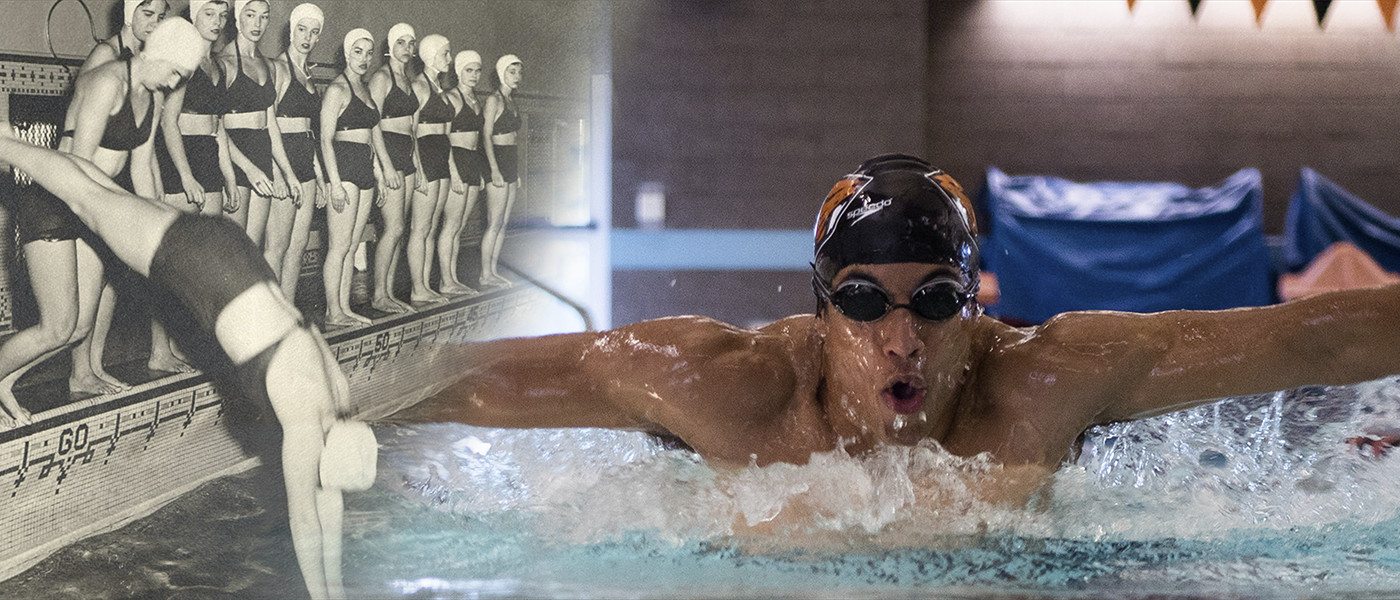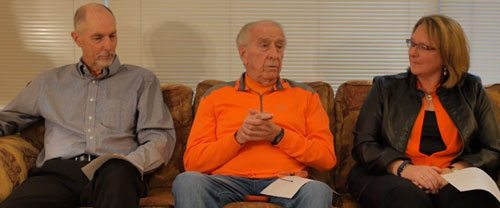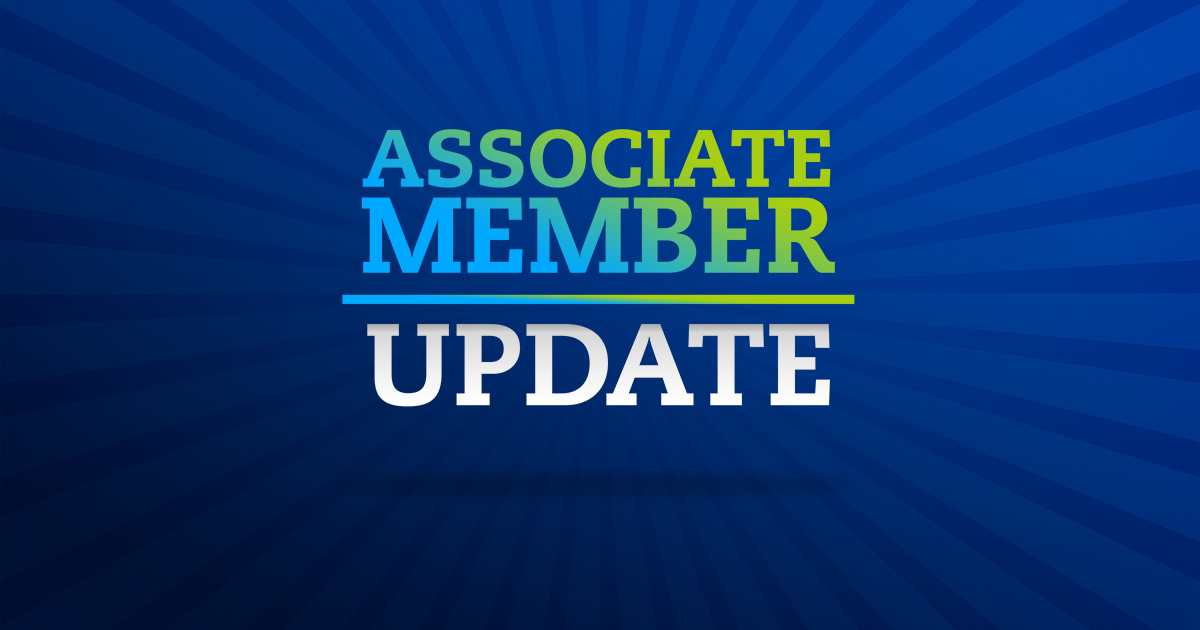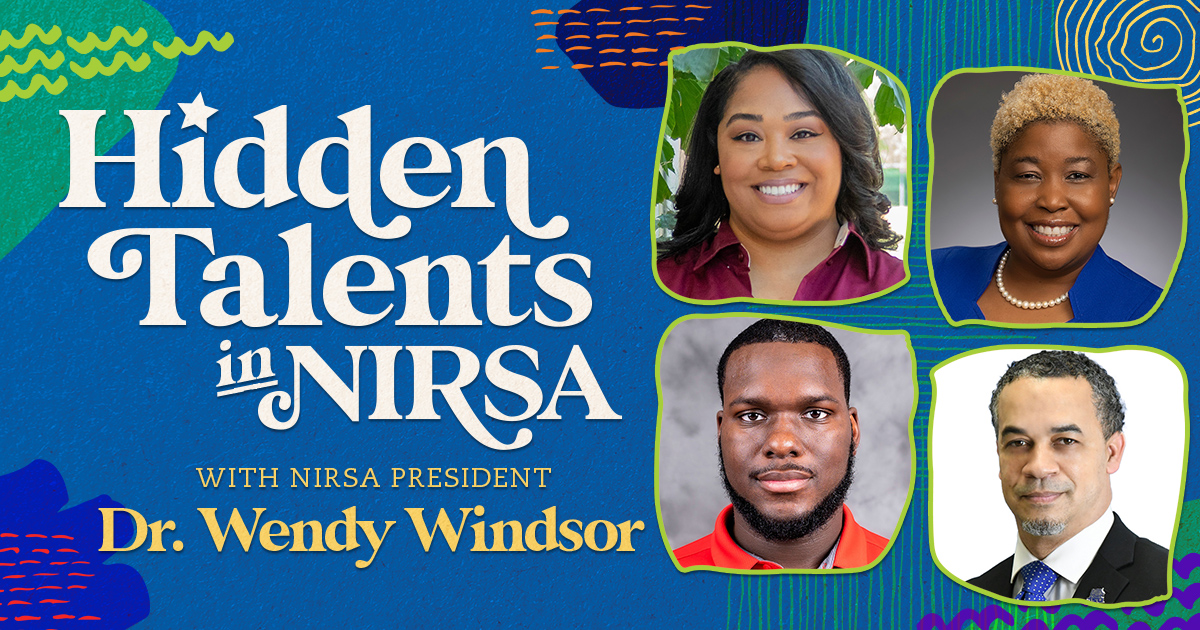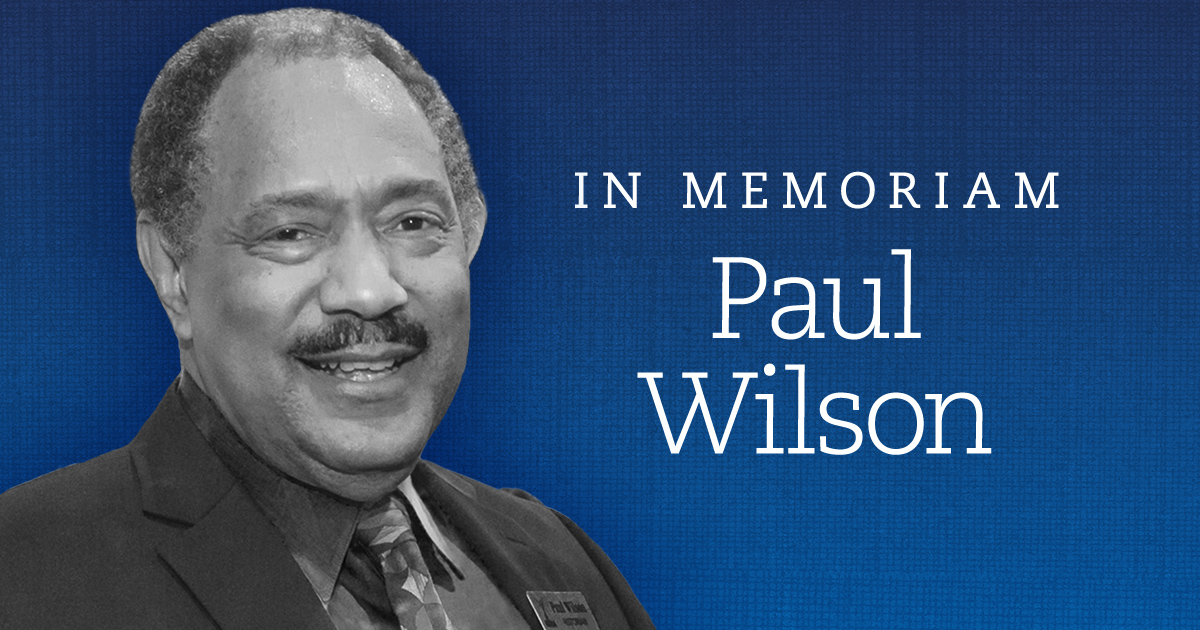A century ago, visionary leaders formalized intramural programming at Oregon State University based on the unspoken hypothesis that students who engage in collegiate recreation perform, persist, and graduate at higher rates than those who don’t. In recent years, research has more formally established this correlation.
A video featured in OSU’s centennial celebration tells three deeper stories of the lasting value of collegiate recreation programs, facilities, and services on the future leaders of our shared world.
A legacy begins with an enduring vision
It’s 1916 on the campus of Oregon Agricultural College in Corvallis, Oregon, and Dr. A.D. Browne, Director of the newly-formed Intramural Athletics Program, arrives on campus to tour the new Men’s Gymnasium Building. He publicly proclaims the ambitious goal to get at least 95% student participation in intramural activities. His mantra of “Every man an athlete” is repeated in course catalogs and University yearbooks for many years to follow.

Fast-forward to 1928, when Dr. Ruth Glassow, Director of Physical Education for Women, is relocating classes from the old gymnasium to a newly-opened Women’s Building with her own stirring proclamation of “A sport for every woman.”
Switch to 2016 and a more recent scene of a dinner crowd, gathered around formally-set tables on a gymnasium floor. Dr. Leah Hall Dorothy, Director of Oregon State University’s Department of Recreational Sports, stands at the microphone. She begins by quoting from the department’s mission statement, “We inspire healthy living,” she says. She continues, “On this day, when we recognize the student and administrative leaders who came before us and established the intramural program, recreation programs, and facilities that we all enjoy, over 4,000 students swiped into OSU’s recreation center.”
A lasting legacy takes teamwork and leadership
The composite facilities and programs that define today’s Department of Recreational Sports at Oregon State University have origins across campus, including athletics, physical education, and student activities. The ‘roof’ under which they eventually collected began to take form in 1973 when the allocation of student building fees for construction of a recreation center provided the impetus for the formation of a Department of Physical Recreation. Will Holsberry, then working as NIRSA’s first Executive Secretary, was recruited as the newly formed department’s first Director.
Sharing a home in Corvallis, Oregon, Oregon State University seems especially inspired, engaged, and influenced by NIRSA; a large contingent of administrative and student staff opt for membership each year. Presenting at the Centennial Celebration Dinner on October 28, NIRSA President Stacey Hall recognized four recipients of NIRSA’s highest distinction, the Honor Award, all represented at the gathering: Will Holsberry (1980), Charley Fisher (1993), Natalie Kovac (2003), and Tom Kirch (2013). On behalf of the NIRSA, Stacey read from an Association resolution honoring the Centennial Celebration of Oregon State University.
Recognizing a legacy of relationships formed in pursuit of sport, leadership, and wellness. Leah noted, “Each year, we are better than the year before because students and staff engage each other with authenticity and brilliance, and leave things better than they found them.”
Celebrating OSU’s rich recreation legacy with students and staff of today
2016 marks 100 years of collegiate recreation for both Oregon State University and the University of Texas at Austin. These institutions follow the University of Michigan (1913) and The Ohio State University (1913) in their centennial celebrations.
In the early stages of planning our centennial celebrations, Luke Campbell, OSU intern in the History Department whose services were loaned to RecSports, discovered a stockpile containing a century of Beaver Yearbooks. The collection offered a rich tradition of OSU shining attention on student engagement in long-time favorite sports like football, basketball, swimming, tennis, soccer, and volleyball as well as shorter-lived sports like field hockey, boxing, fencing, push ball, playground ball, and individual bag punching.
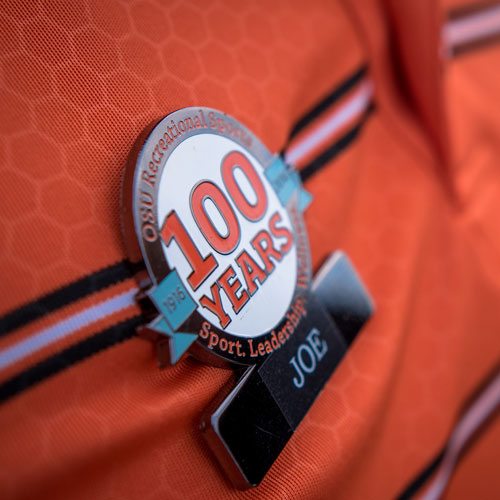
Multiple and varied articles in library archives showcase students’ playful banter about championship games, highlight camaraderie, and celebrate sportsmanship.
In planning a celebration of OSU Recreational Sports’ 100th anniversary, Centennial Coordinator Easton Henrikson designed activities to recognize and honor the sports, leadership, and wellness that have long been the signature contribution of Recreational Sports to the healthy campus of Oregon State University.
Fall festivities included an evening birthday bash flush with free food, live music, blow-up toys, and varied activities; an open house tour with interactive timeline, historic displays, a rappelling station, corn hole, and wheelchair basketball; a professional development forum featuring Paul Wesselmann as guest speaker; an extended wellness challenge to run 100+ miles; and a catered dinner that honored students, campus partners, employees, and alumni who invested in the department.
In its proclamation of practice, Oregon State University is proud to recount the message that has been readily suggested, defended, and refined by its professional community: student engagement begets wellbeing and success.
Images courtesy of Majeed Badizadegan and Alyssa Llijequist at Oregon State University
- For more information, contact Senior Assistant Director for Advancement and Assessment in the Department of Recreational Sports at Oregon State University, Tina Marion Clawson.
- If you are interested in highlighting your campus or a NIRSA member’s achievements on your campus, pitch us your ideas.
Tina Marion Clawson is currently Senior Assistant Director for Advancement and Assessment in the Department of Recreational Sports at Oregon State University. She can be reached at tina.clawson@oregonstate.edu.

